Many photographers find window lighting tricky to master. The shifting patterns, varied intensity, and changing directions can create unexpected results.
When working with natural light, timing and positioning differentiate between ordinary photos and striking images.
The photography offers a perfect solution for creating beautiful portraits and still life images without expensive equipment. With just a window and a few basic tools, you can create professional-quality photos in your own home.
This blog will show you how to work effectively with window light. You’ll learn the best times to shoot, how to position your subject, simple ways to modify the light, and practical techniques to overcome common challenges of photography.
Why Window Light Photography Entices Photographers?
Photographers love window light for its soft, natural quality. It creates gentle shadows and highlights that flatter almost any subject. The directional nature of window light adds depth and dimension to photos without harsh contrasts.
What makes it special is its accessibility. Anyone with a window can practice this technique at home. The changing light throughout the day offers endless creative possibilities without expensive gear.
Window light also brings a sense of calm and intimacy to images. The contained nature of the light creates a peaceful mood that draws viewers in and makes ordinary moments feel meaningful.
Golden Hour: Perfect for Window Light Photography
The golden hour offers magical light that changes window photography. This special time, shortly after sunrise or before sunset, bathes everything in a warm glow. The low angle of the sun creates effects that are impossible to achieve at other times of day.
- Warm Color Temperature: The golden hour sun provides a naturally warm color palette with soft yellows and oranges that add a pleasing tone to skin and objects.
- Directional Quality: The low-angled sunlight creates pronounced yet gentle directional lighting when it enters windows, perfect for highlighting textures and shapes.
- Soft Shadows: The diffused nature of golden hour light creates shadows that are softer and less harsh than midday sun, adding dimension without stark contrasts.
- Extended Duration: In this period, light changes more slowly than during midday transitions, giving photographers more time to work with consistent lighting.
- Dramatic Beams: Golden hour often produces visible light beams through windows, adding an atmospheric element to indoor photography.
- Reduced Dynamic Range: The contrast between highlights and shadows decreases during golden hour, making exposure easier to handle with most cameras.
- Forgiving Light: The flattering nature of golden hour window light makes subjects look their best with minimal additional modification or equipment.
Tools for Window Light Photography
Window light photography can be a game-changer when it comes to capturing soft, natural lighting for your shots. By using the available light streaming through a window, photographers can achieve a dreamy, evenly lit effect.
If you’re shooting portraits, still life, or capturing everyday moments, window light offers a gentle yet powerful way to highlight your subject. With the right tools, you can make the most of this natural light source to amplify your photos.
Here’s a table on tools to use for window light photography:
| Tool | Description |
|---|---|
| Reflectors | Redirects and softens the light, reducing harsh shadows on your subject. |
| Diffusers | Softens the incoming light, creating a more even and flattering effect for portraits. |
| Tripod | Ensures stability, especially in lower light conditions where slower shutter speeds are necessary. |
| Light Modifiers | Softboxes or umbrellas help control the intensity and direction of the light. |
| Backdrop | Add context or isolate your subject by providing a neutral or styled background. |
| White Card | A simple tool for bouncing light and filling in shadows for more even lighting on your subject. |
| Natural Curtains | It can help diffuse light or change the intensity of the light entering through the window. |
Camera Settings for Window Light Photography
Window light provides beautiful natural illumination, but capturing it effectively requires the right camera settings. The quality of light varies based on time of day, weather conditions, and window position. Understanding how to adjust your camera will help you make the most of this versatile light source.
1. Aperture
Choose a wider aperture (f/1.8 to f/4) to let in more light and create a shallow depth of field. This works well for portraits where you want to blur the background while keeping your subject sharp.
2. ISO
Start with the lowest ISO possible (100-400) to minimize noise. Only increase if needed in low light conditions. Clean images with window light often come from maintaining lower ISO values when possible.
3. Shutter Speed
Use a shutter speed of at least 1/60 for handheld shots to avoid camera shake. For still subjects, you can go slower with a tripod. Faster speeds may be needed to freeze motion.
4. White Balance
Set to “daylight” or “cloudy” depending on the weather. Avoid auto white balance as it may shift between frames. Custom white balance gives the most consistent results.
5. Metering
Spot metering works best for window light portraits. Meter from your subject’s face to prevent backlight from fooling your camera’s meter.
6. Exposure Compensation
Be prepared to add +1 or +2 stops of exposure compensation, especially when your subject is backlit by the window.
7. RAW Format
Shoot in RAW to have more flexibility in post-processing, particularly for adjusting highlights and shadows that are common in window light situations.
Inspirations for Window Light Photography
Window light creates soft, flattering shadows that bring depth to portraits and still life images. Position subjects at different angles to the window to see how light falls across features or textures. Early morning and late afternoon offer golden rays that add warmth, while midday provides crisp, clean illumination that works well for product shots and detailed close-ups.
The following are a few inspirations for window light photography:
1. Classic Portraits
Use the soft, natural light from a window to create intimate, emotional portraits. The even lighting highlights facial features while casting gentle shadows for depth and texture.
2. Still Life and Product Photography
Capture the intricate details of objects like flowers, jewelry, or everyday items. Window light can provide a clean, natural look that emphasizes texture and color.
3. Backlit Silhouettes
Position your subject in front of a bright window and shoot against the light to create dramatic silhouettes. This technique adds mystery and emphasizes the shape of the subject.
4. Candid Lifestyle Shots
Use the warm, inviting glow of window light to capture relaxed, candid moments indoors. The soft light makes your subjects look natural and comfortable in their environment.
5. Close-Up Shots
Use window light to emphasize fine details in close-up photography, such as capturing the aesthetic value of a face or even the patterns of an object.
6. Children and Family Portraits
Use window light to capture the details of clothing or makeup. The diffused light helps to smooth out skin tones and highlights textures, creating a more natural and fresh look.
7. Pet Photography
The gentle, non-harsh light from a window is perfect for capturing your pet’s natural expressions. The soft light will reduce shadows and give your pet’s fur a smooth, radiant glow.
8. Indoor Architecture and Interior Photography
Use window light to emphasize the design and architectural features of a room. The light can create a cozy, inviting atmosphere while highlighting the textures of furniture, walls, and decor.
9. Food Photography
Natural window light brings out the vibrancy and texture of food in a way that artificial lighting often can’t. It helps create a more appetizing and organic feel to your culinary shots.
10. Fashion Accessories
Capture the finer details of accessories like jewelry, bags, and shoes with soft window light. The natural lighting will reveal the textures and stylish of the accessories.
11. Vintage or Retro Photography
Window light can lend a nostalgic, timeless look to your photographs, especially when paired with vintage props or styled outfits. The softness of the light enhances the classic feel of your shots.
Wrapping It Up
Window light photography brings a special magic to images that artificial lighting often fails to match. The golden hour especially offers a perfect blend of warmth, direction, and softness that can change ordinary photos into memorable art.
With the right camera settings and a bit of practice, you can create striking images using just your window as a light source.
Remember to experiment with different times of day, adjust your settings as the light changes, and pay attention to how the light falls on your subject.
Next time you notice beautiful light streaming through your window, grab your camera and put these techniques to work.
The more you practice, the better you’ll become at seeing and using this accessible yet powerful lighting tool. Your best photos might be waiting just inside your own home.

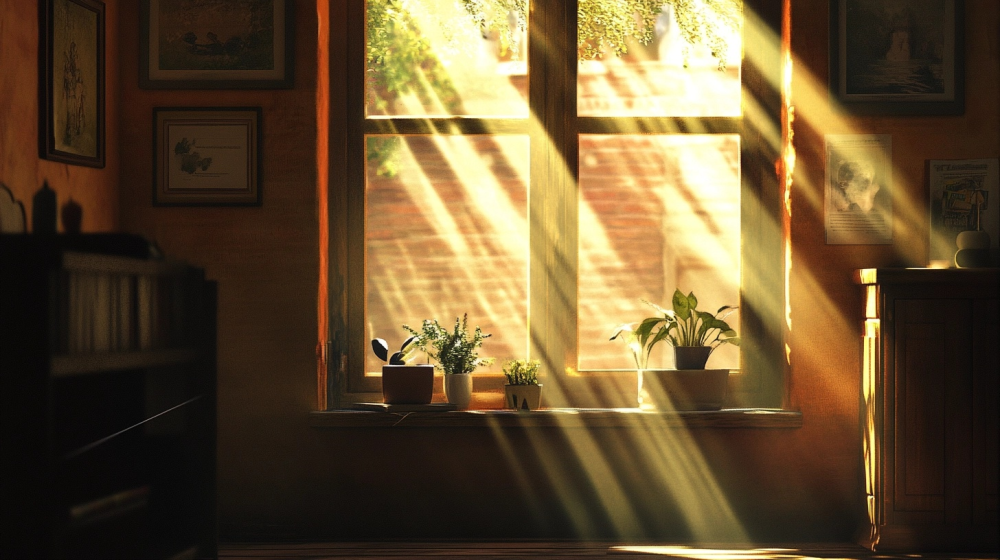
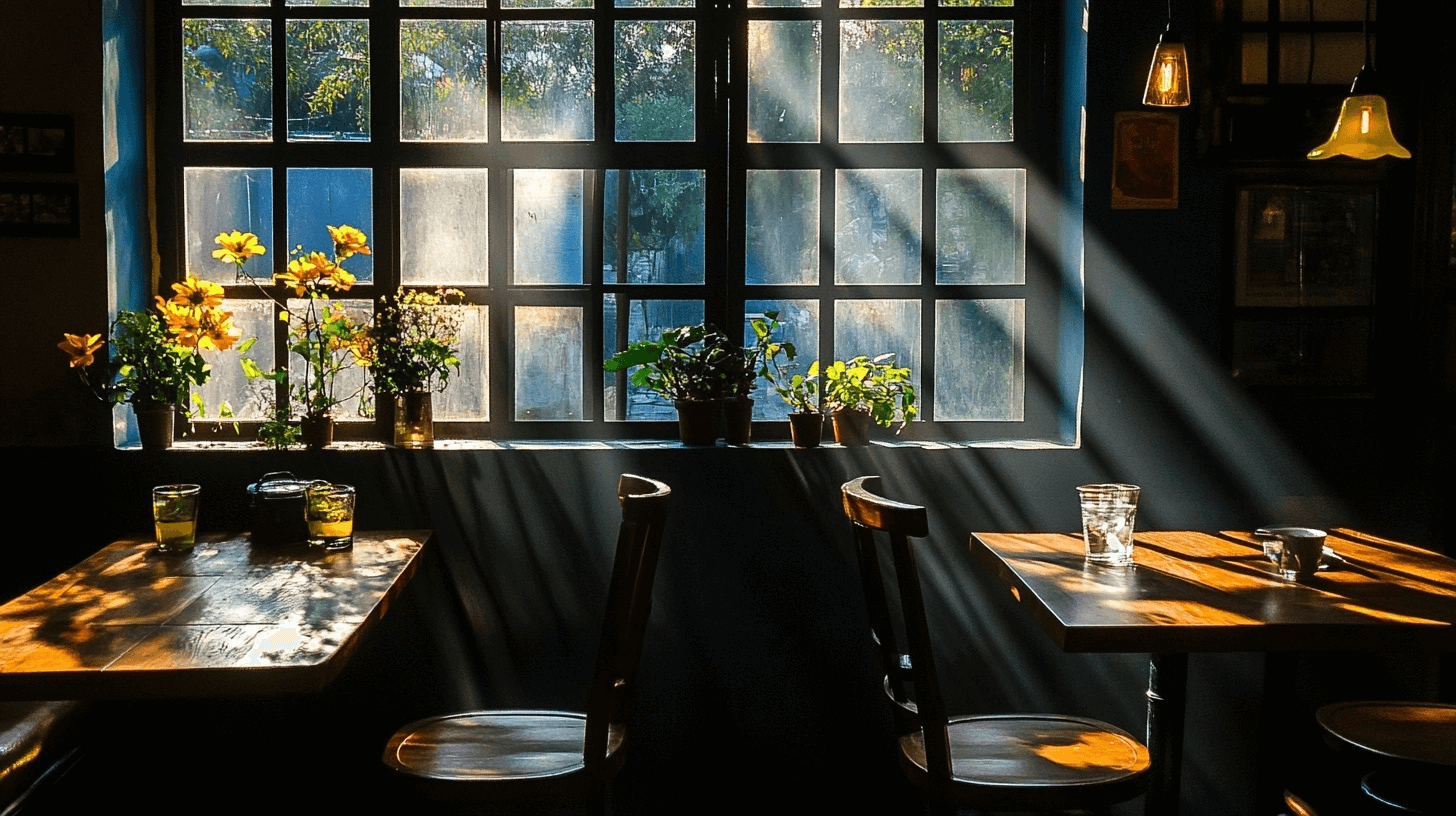
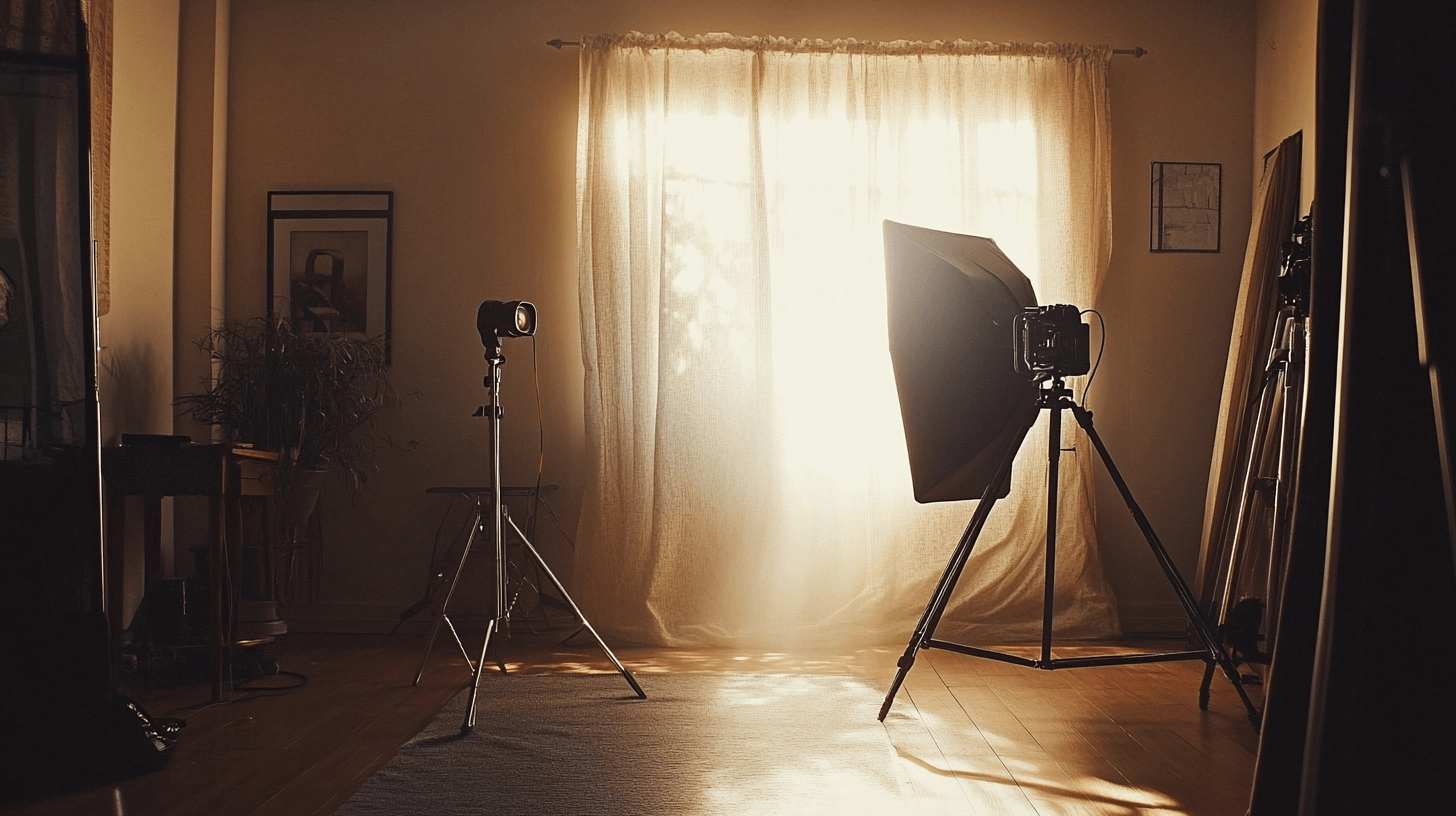
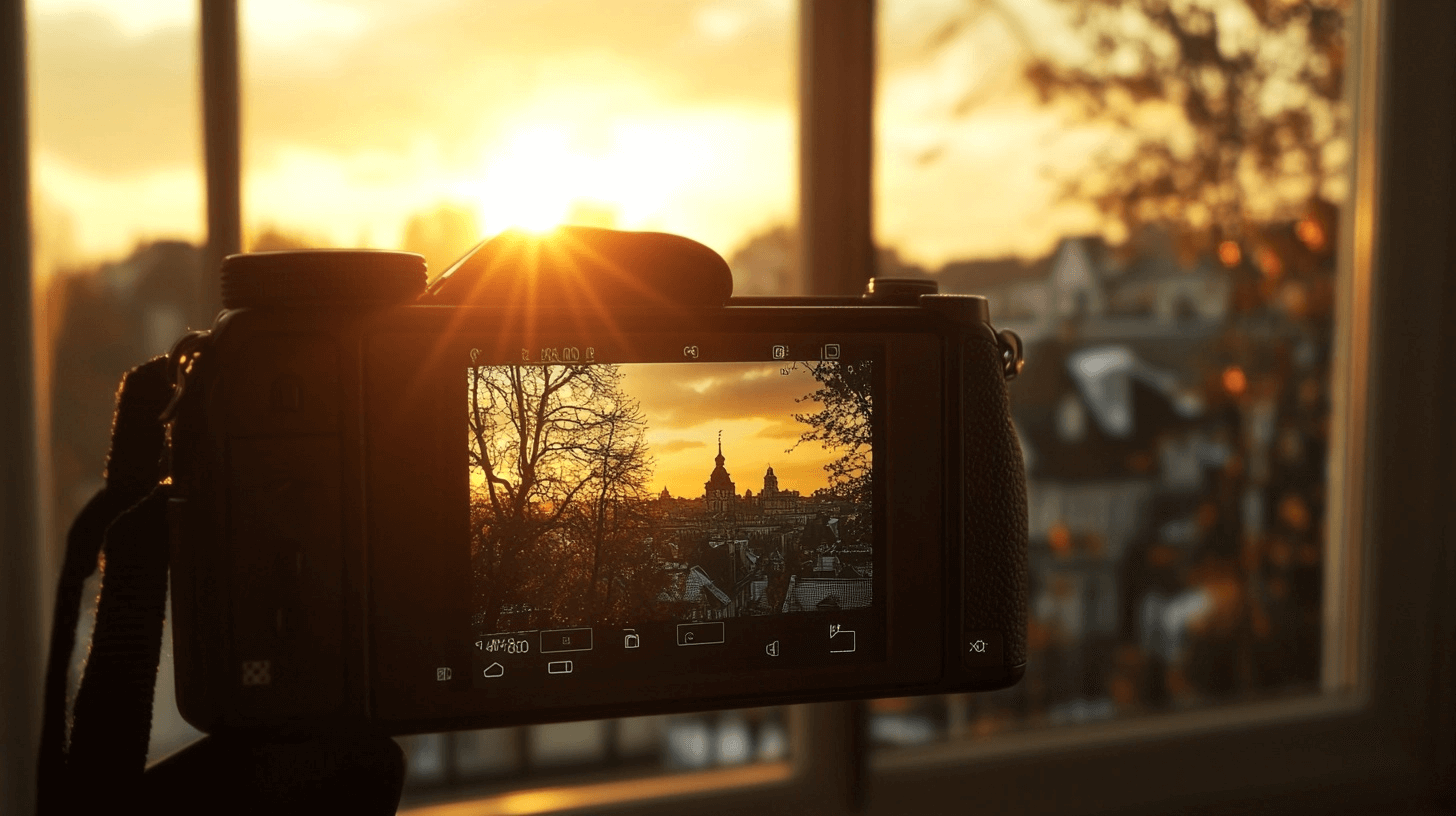
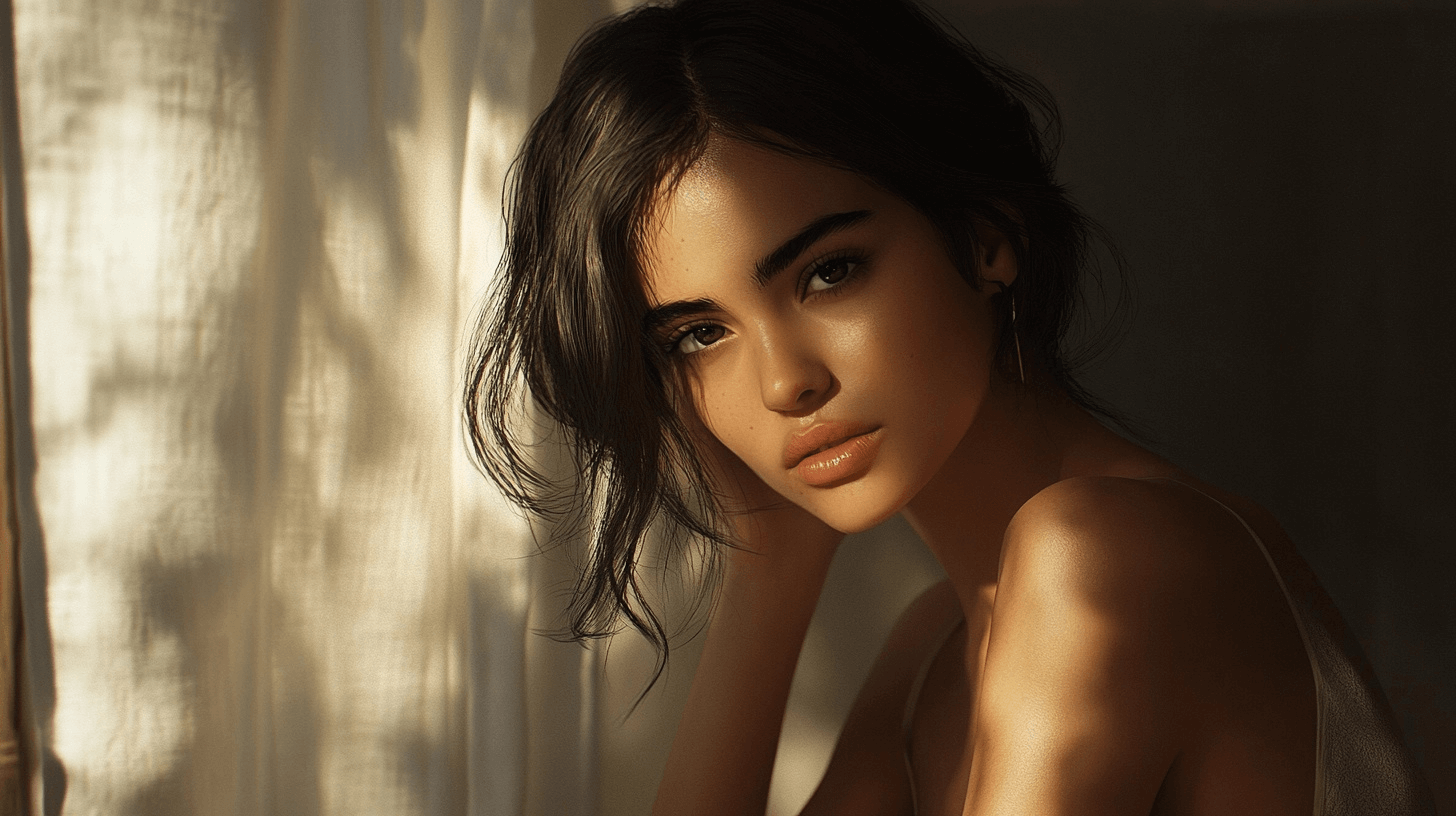
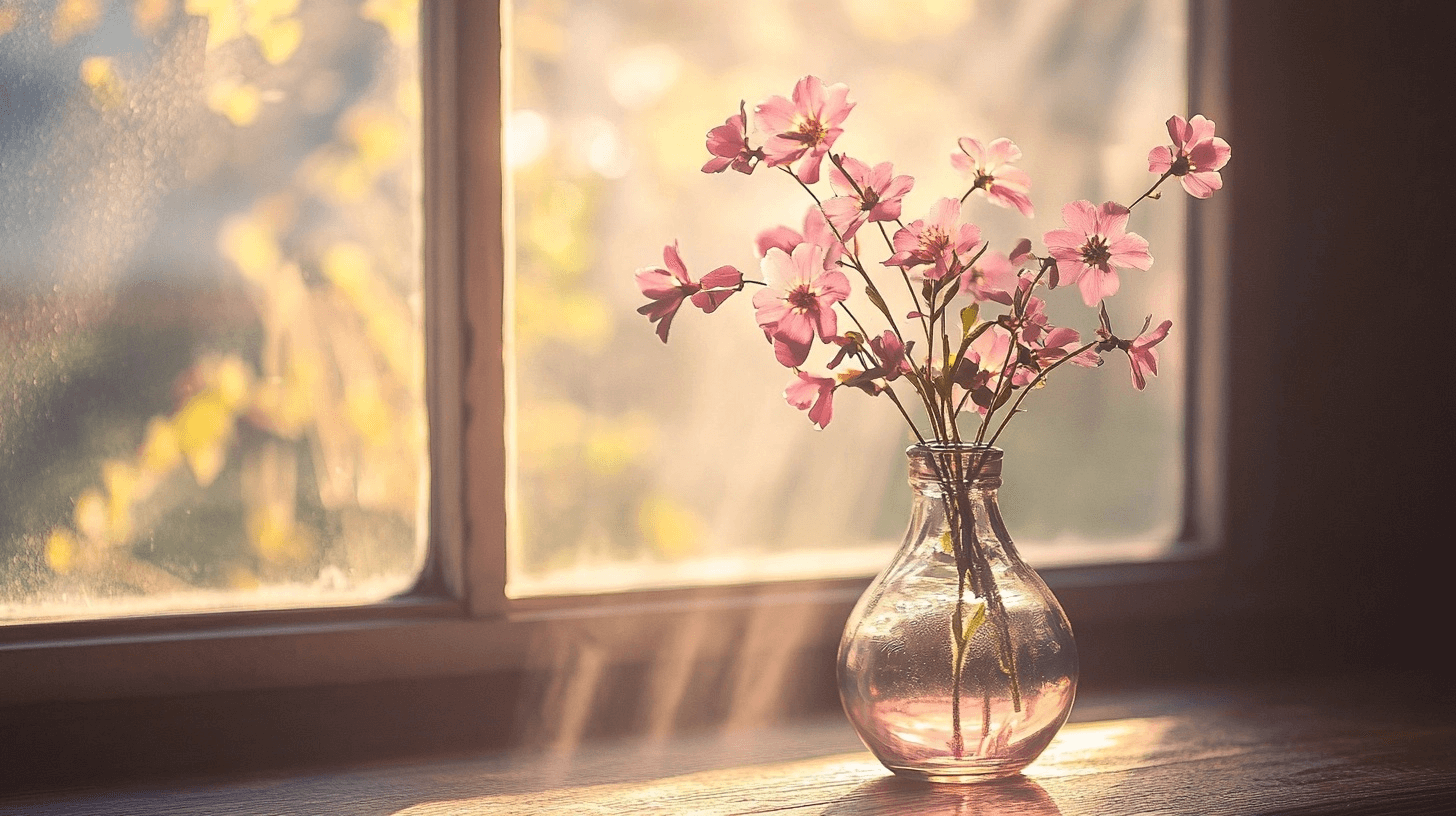
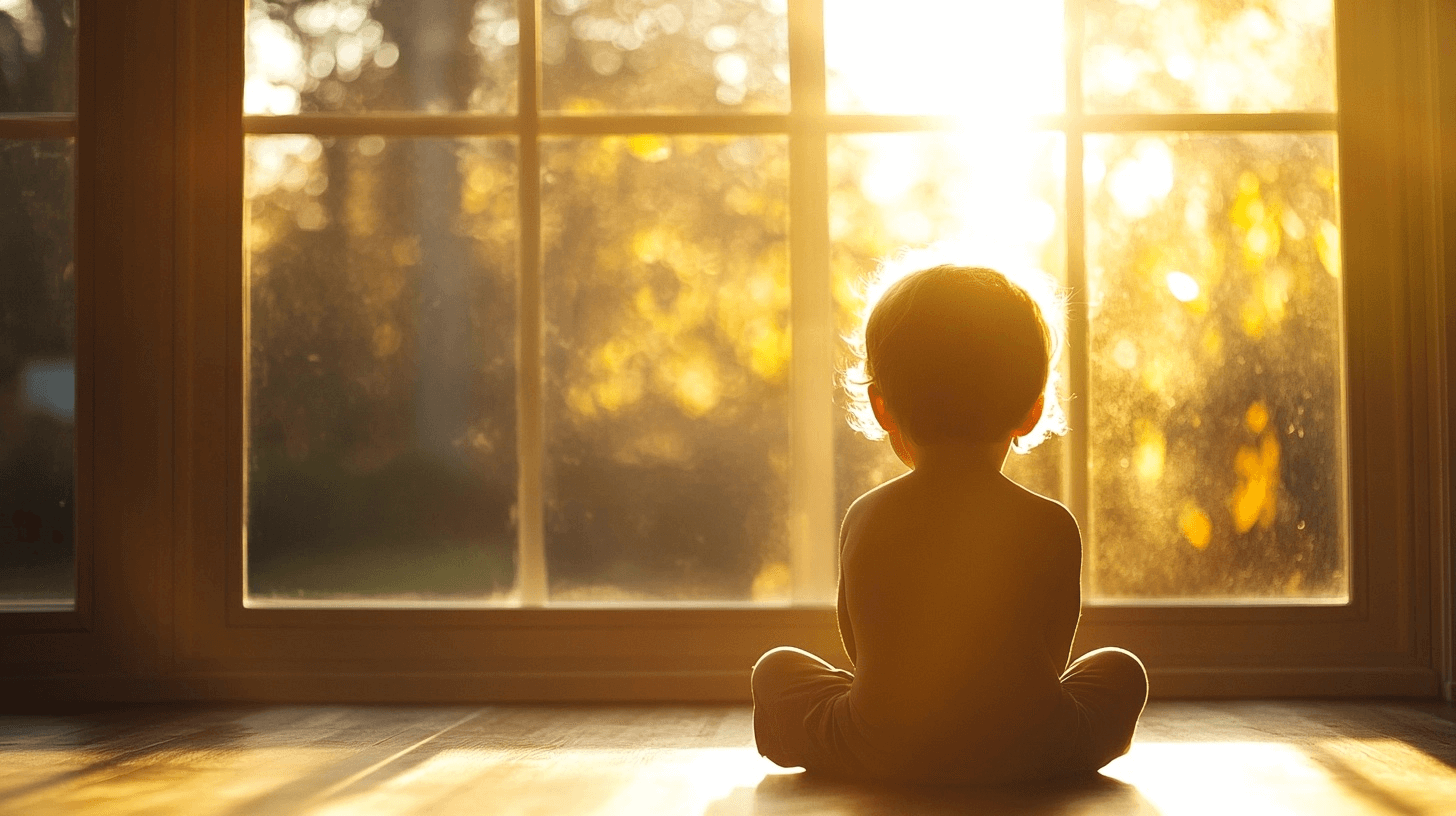
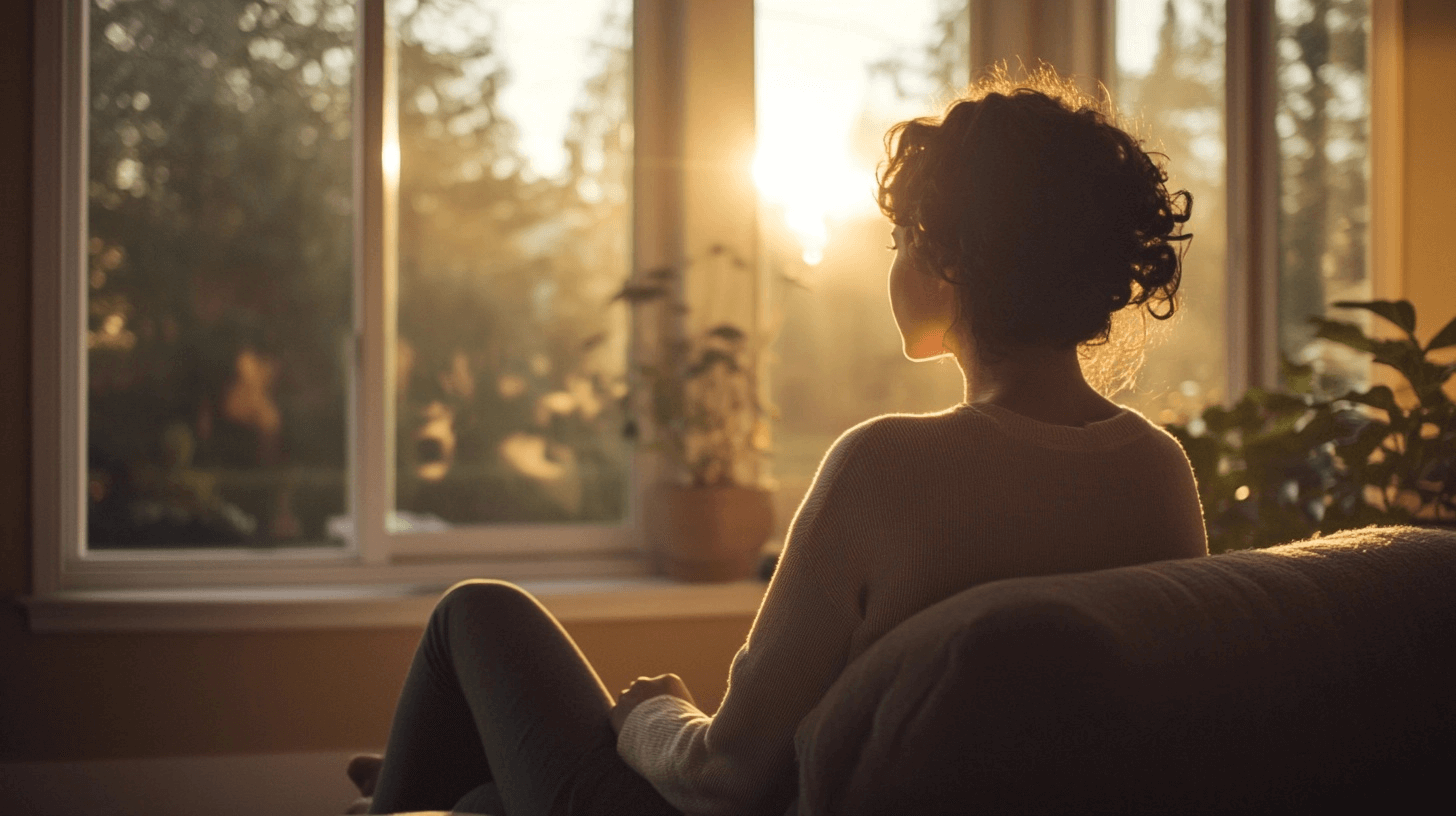
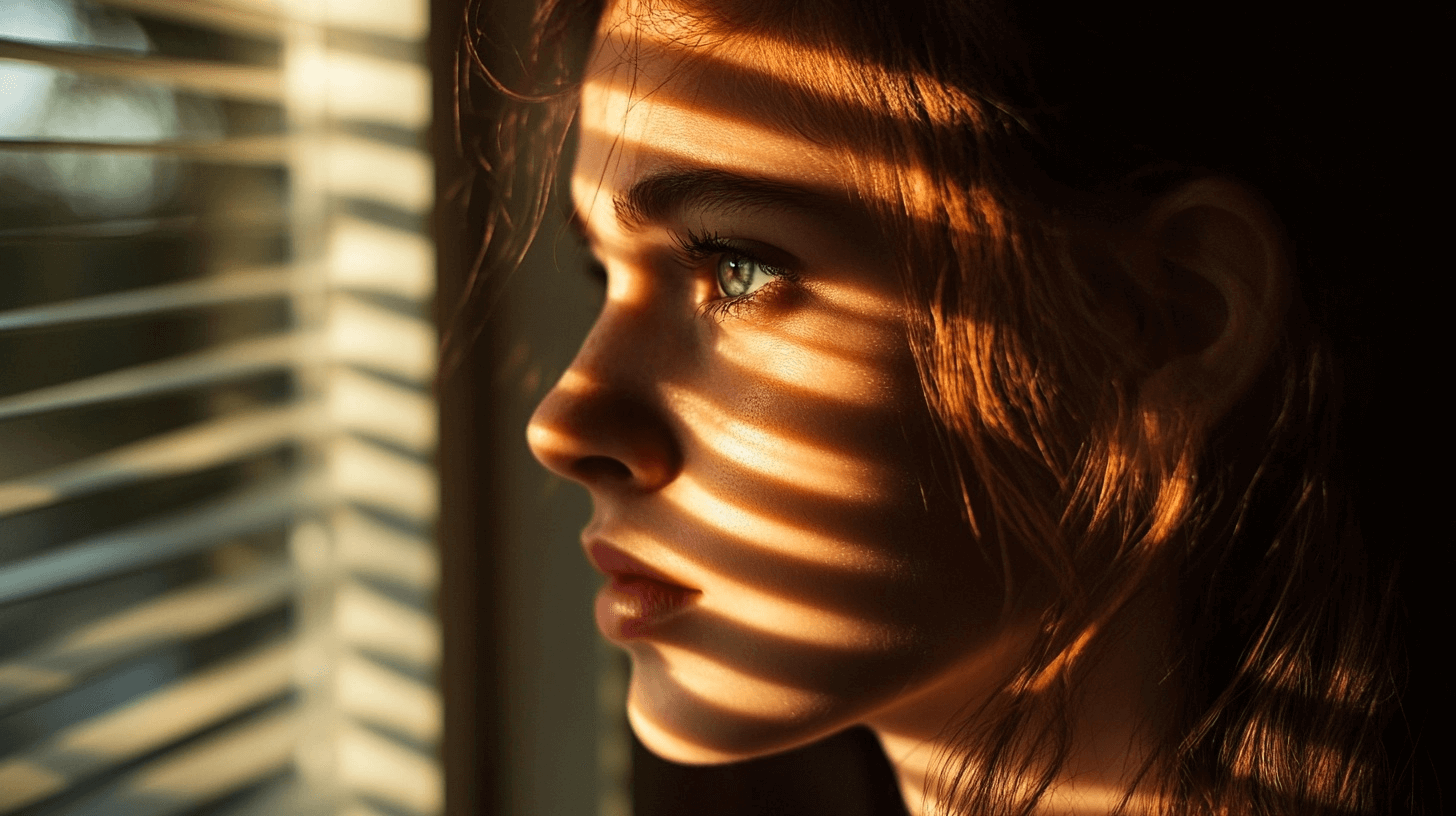
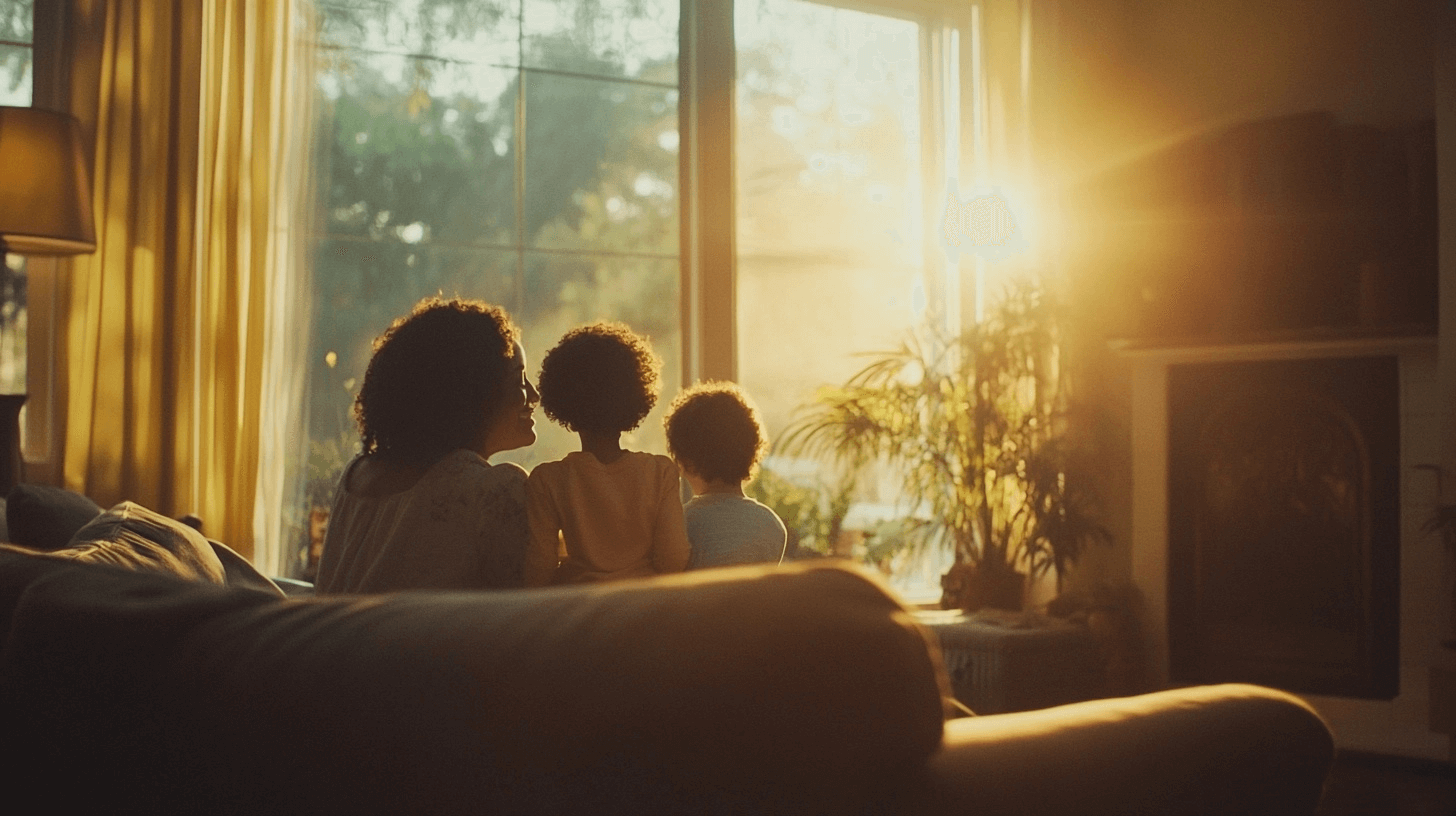
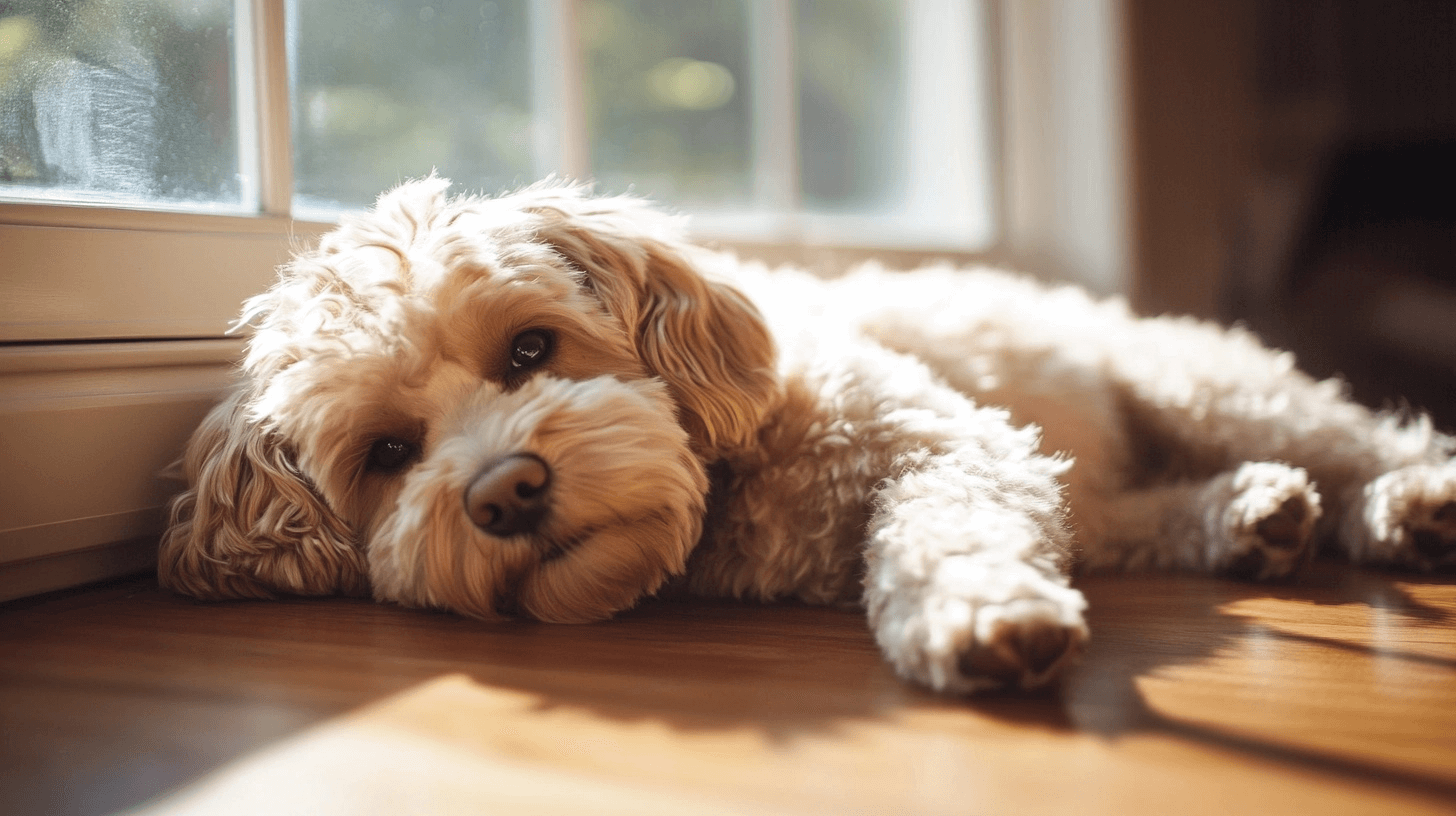
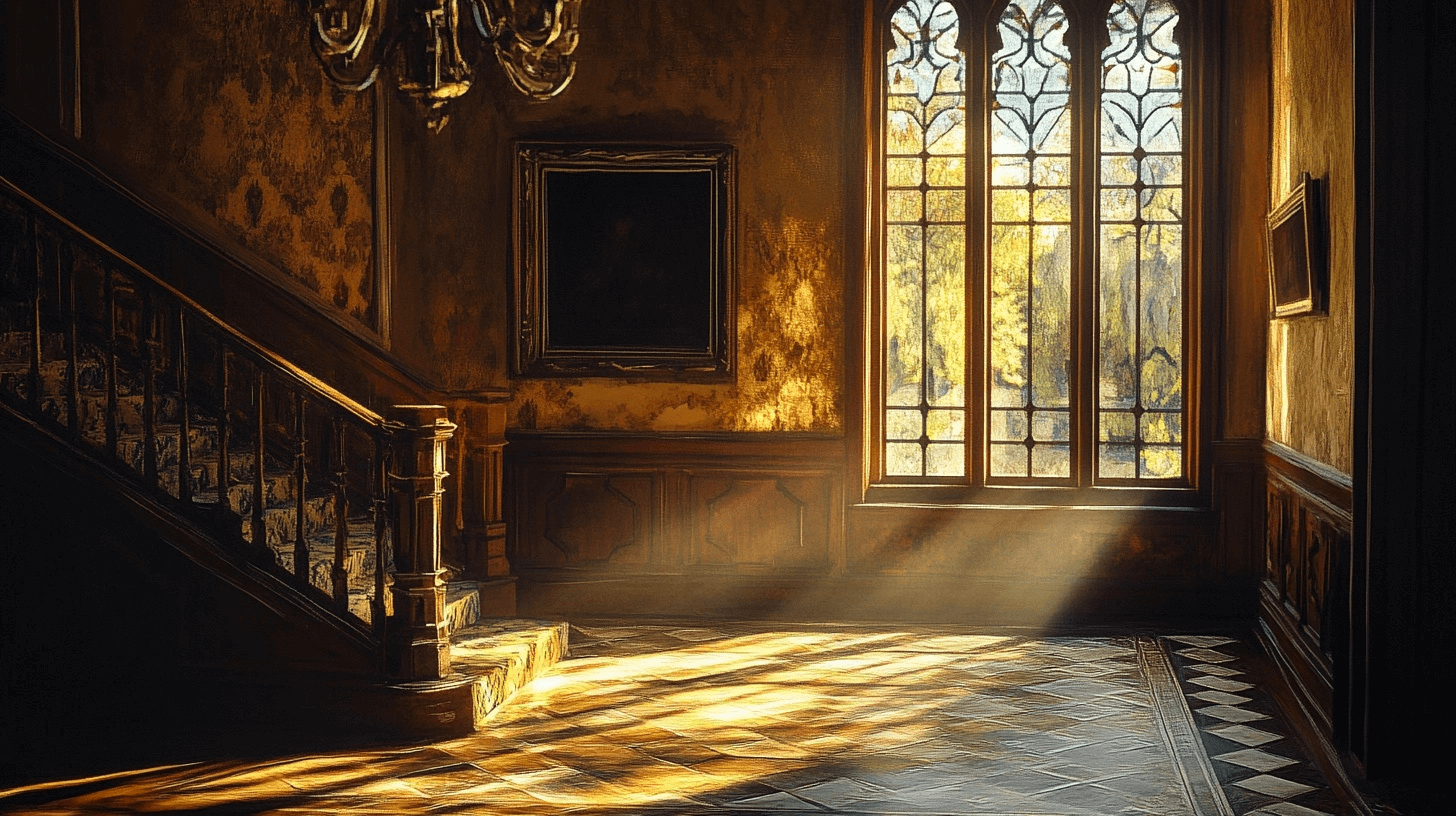
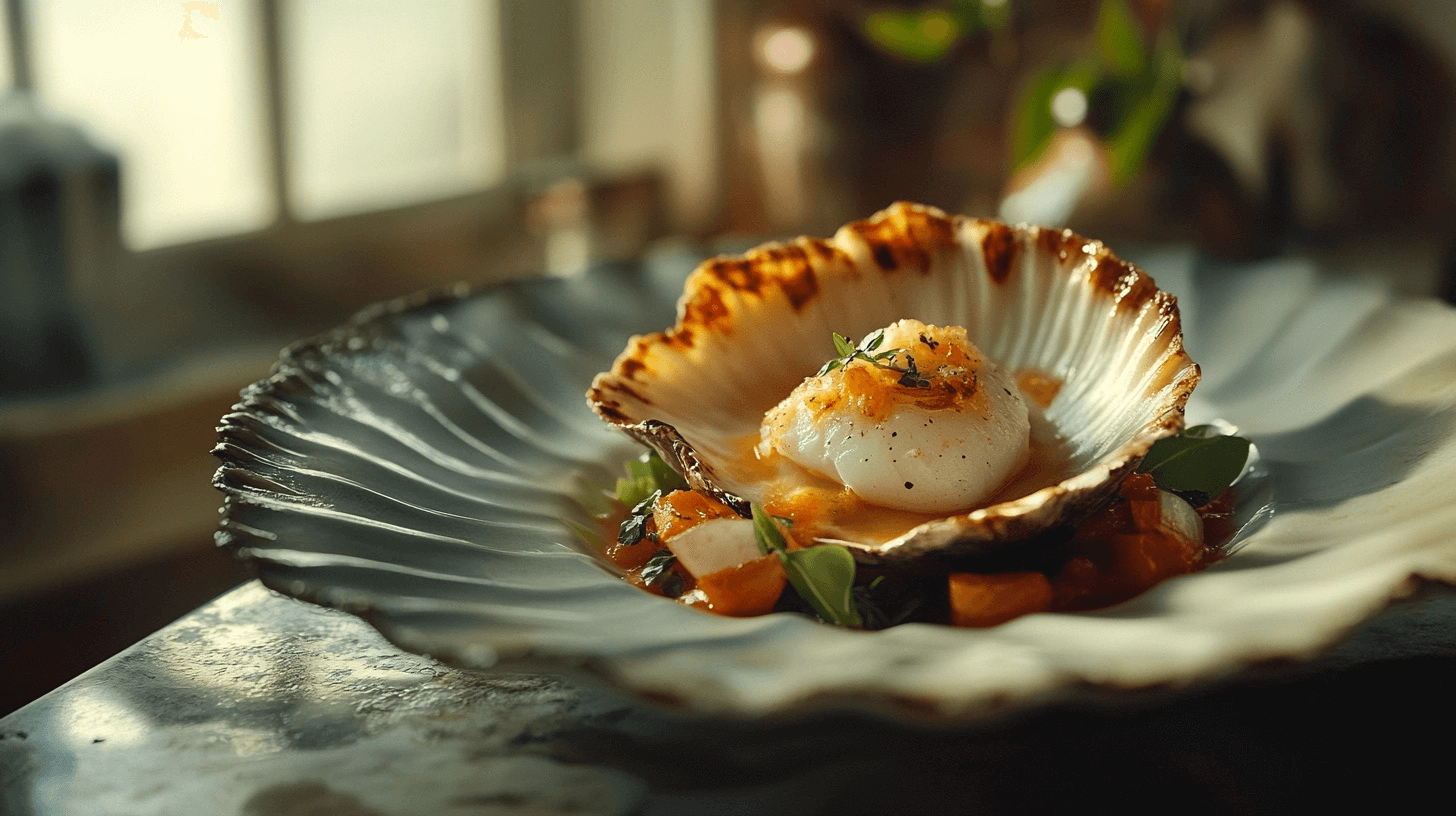
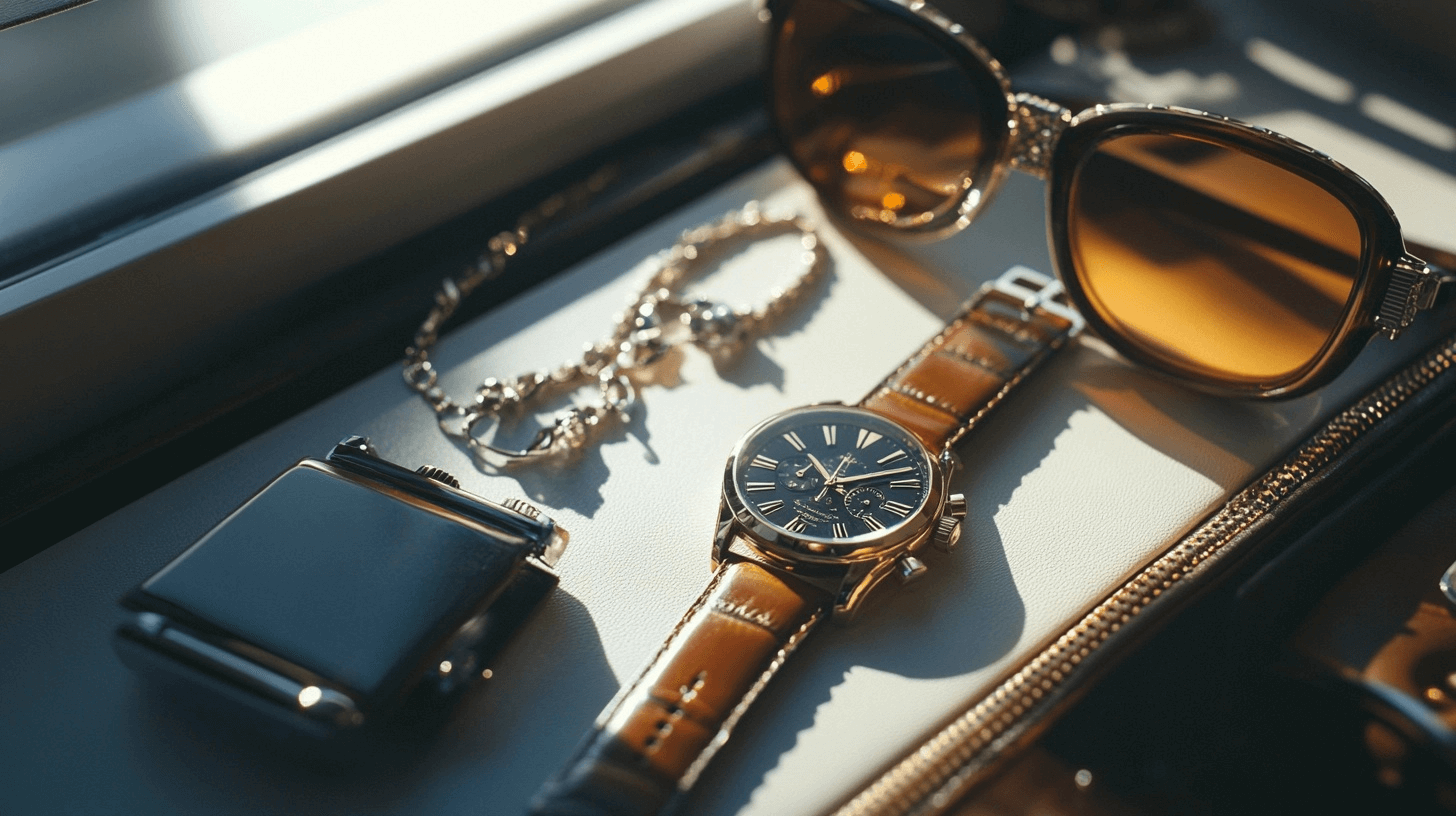
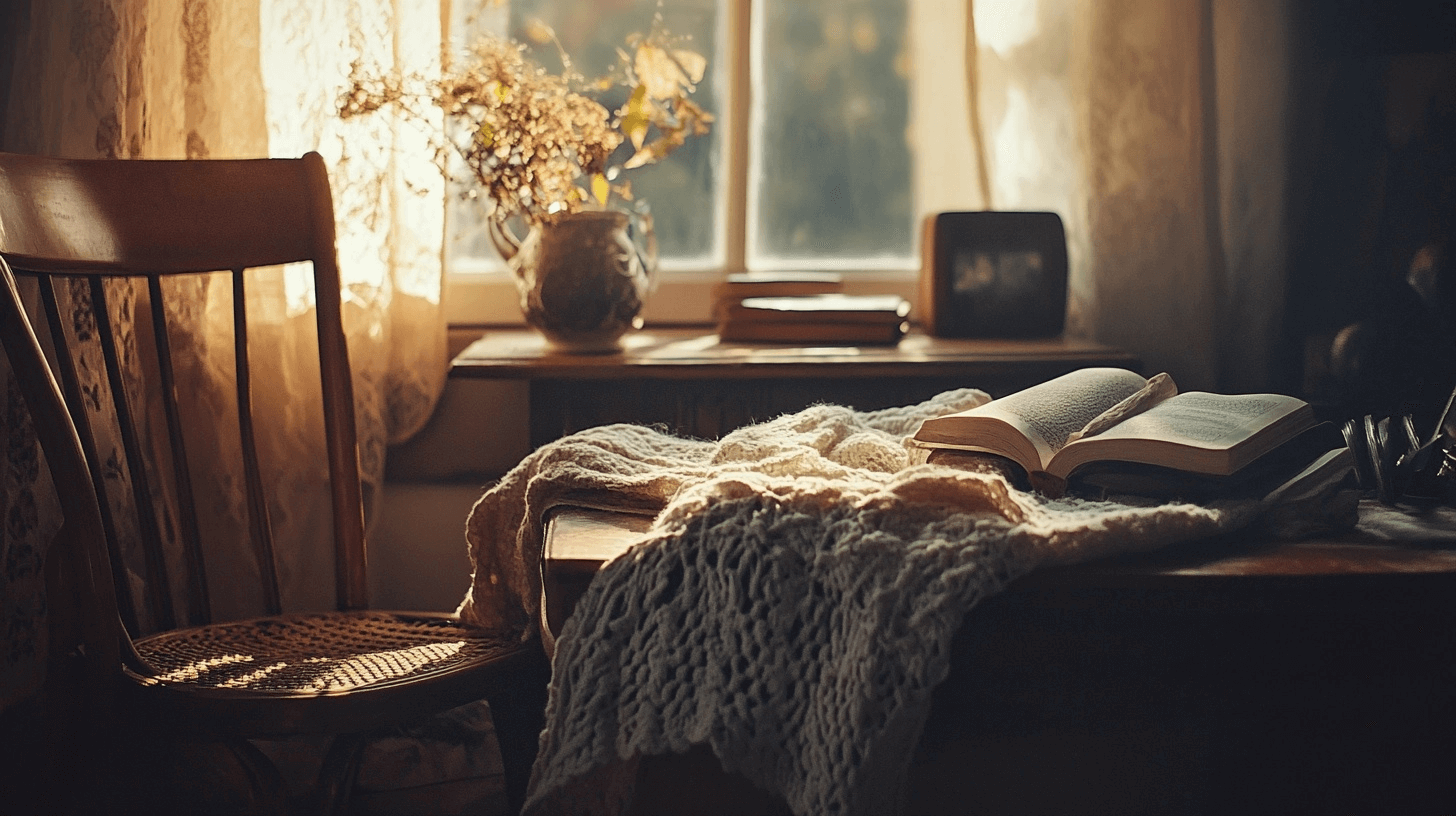
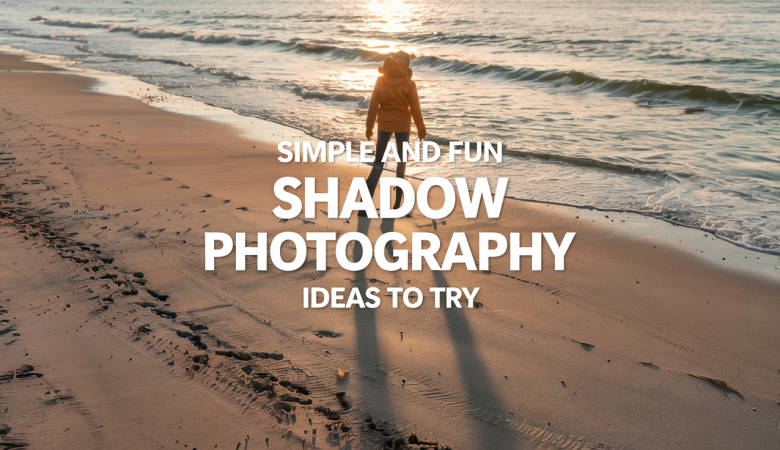


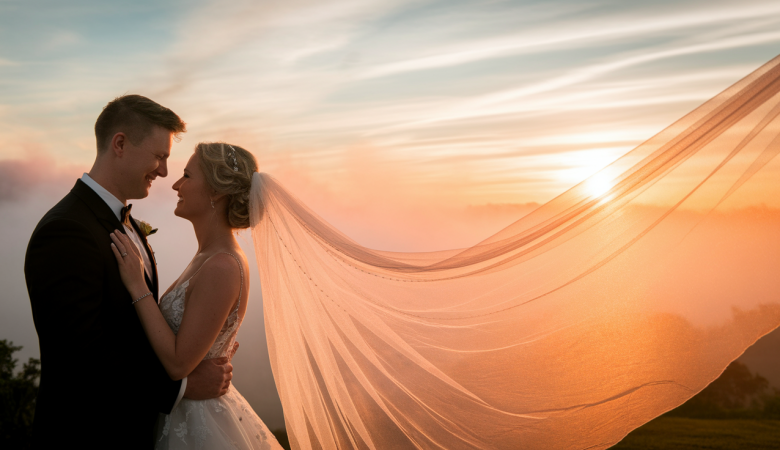
Leave a Reply